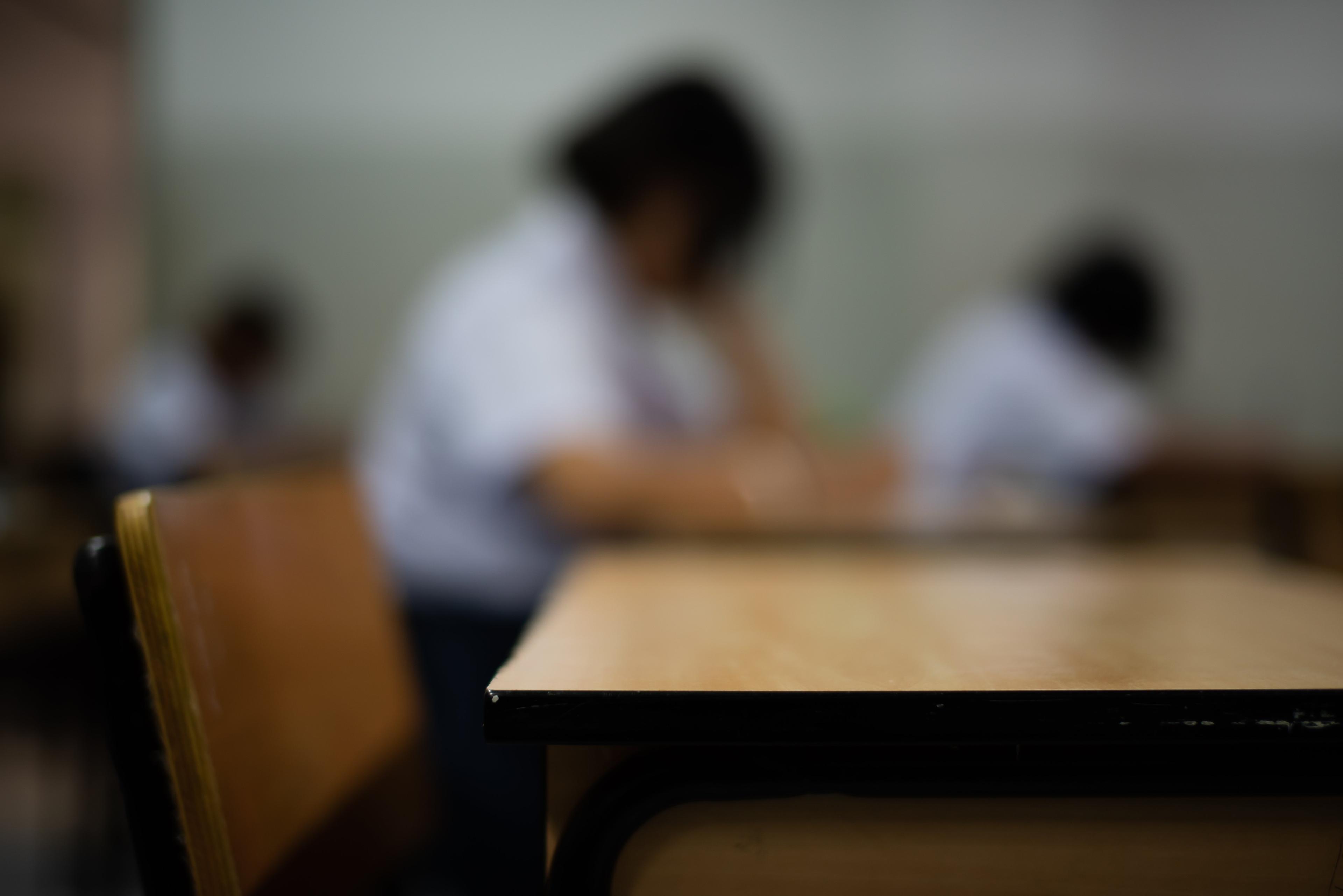Hands-On Educational Resources for Students with Special Needs
Forty-six years ago, the United States Congress enacted the Individuals with Disabilities Education Act, which allowed special needs students to attend traditional public schools. Now, children with special needs are spending more time in the classroom than ever before. Sixty-four percent
spend 80% or more of their time inside general classes in regular schools.
This 17% increase over the past two decades might be due — at least in part — to teachers incorporating sensory tools in the classroom. These tools for students with special needs promote regulation, improve focus and encourage participation.
Help your students succeed by introducing a few of the following items to your class.
Pencil Grips
Special needs students who’re still developing their fine motor skills may struggle to write legibly because they can’t yet grip their writing utensils correctly. Luckily, pencil grips can help them achieve better hand positioning and movement so they can focus on vocabulary and spelling instead of penmanship. Choose from a variety of different shapes, sizes and styles and let your students try them all to find one that suits their needs.
Weighted Objects
If your student can’t seem to sit still, consider giving them a weighted vest, blanket or stuffed animal. These objects provide proprioceptive input and a calming compression to help kids sit still and stay focused. Use these and similar deep pressure tools during circle time or whenever the curriculum calls for a short lecture.
Disc-o-Sit
Alternatively, you could help your special needs students release their wiggles by replacing chairs with exercise balls or disc-o-sits. These tools allow kids to bounce, squirm, twist and wobble without having to get up and move around. Subsequently, they’re less distracting and allow everyone in the classroom to focus on the lesson.
Play-Doh
Play-doh is one of the most popular sensory tools for students with special needs. Kids with restless fingers often need something tactile to help them listen and moldable materials provide the perfect solution. Let your students roll, stretch, squeeze and
mold their play-doh while they listen to lectures or watch instructional videos. Doing so will help them develop fine motor skills and improve memory and retention.
Fidgets
If you’re looking for more tools to develop fine motor skills, look no further than fidgets. These tools come in a variety of shapes, sizes and textures to help all kinds of learners — even those without special needs! Look for spinnable, stretchy or textured materials and items that students can use as an outlet for excess energy without disrupting class.
Chewelry
Students who don’t get enough oral sensory input at school might benefit from chewelry — or chewable jewelry. Safe, non-toxic chewable bracelets, necklaces and dog tags are incredibly effective at calming kids with special needs. Chewelry is a much safer alternative to gum, which many schools allow but could be dangerous for young children.
Touch Math
Are you searching for a multi-sensory teaching tool to help your students grasp math concepts? Touch Math might be the answer. This tool effectively teaches kids to perform addition, subtraction and other basic skills without using a calculator. More importantly, it makes math visible for special needs students who may have a
hard time comprehending mathematical language and vocabulary.
Finding the Best Tools
How do you determine which learning tools for special needs students will work best in your classroom? Observe your students’ unconscious actions throughout the day and note when these tendencies are disruptive. You might also keep a record of their attention spans. How long can they focus without fidgeting or moving about the room?
Once you understand your students and their specific needs, you can look for tools to enhance their learning experience. Search the web, talk to parents and ask other teachers for recommendations. Then, use trial and error to find a solution that helps every child in your class succeed.


